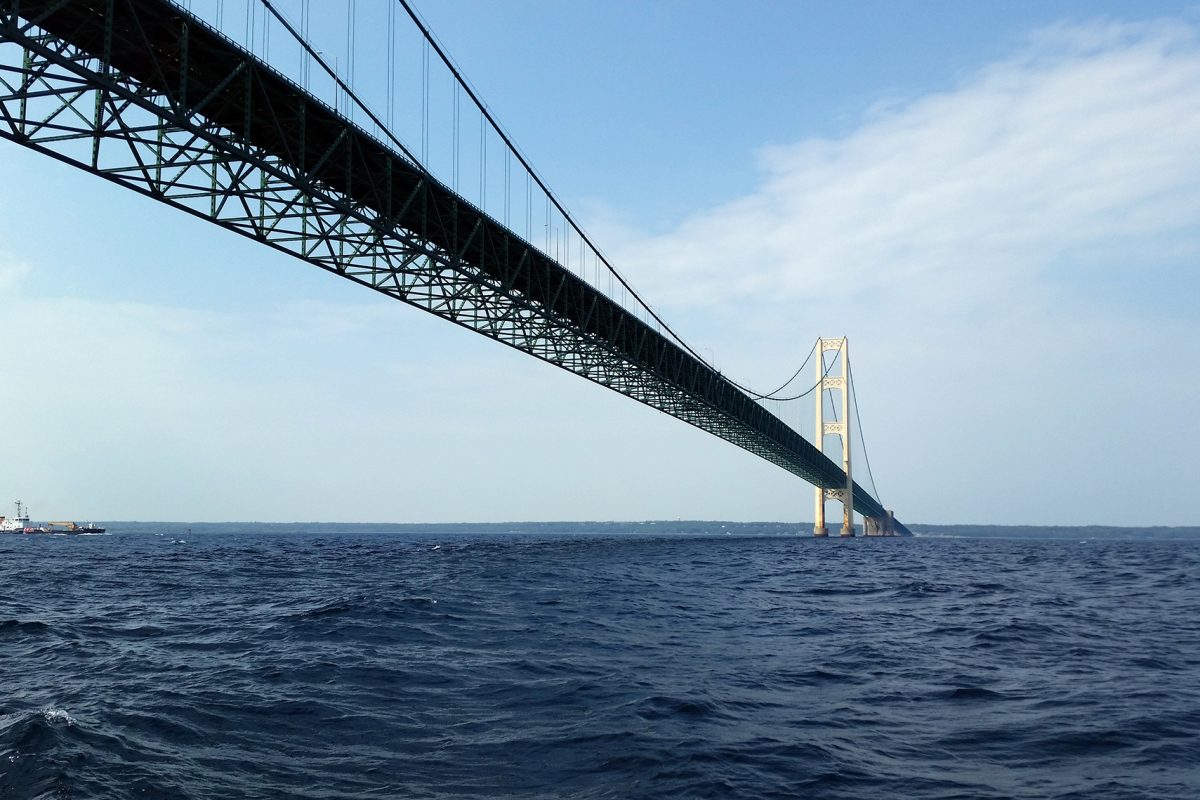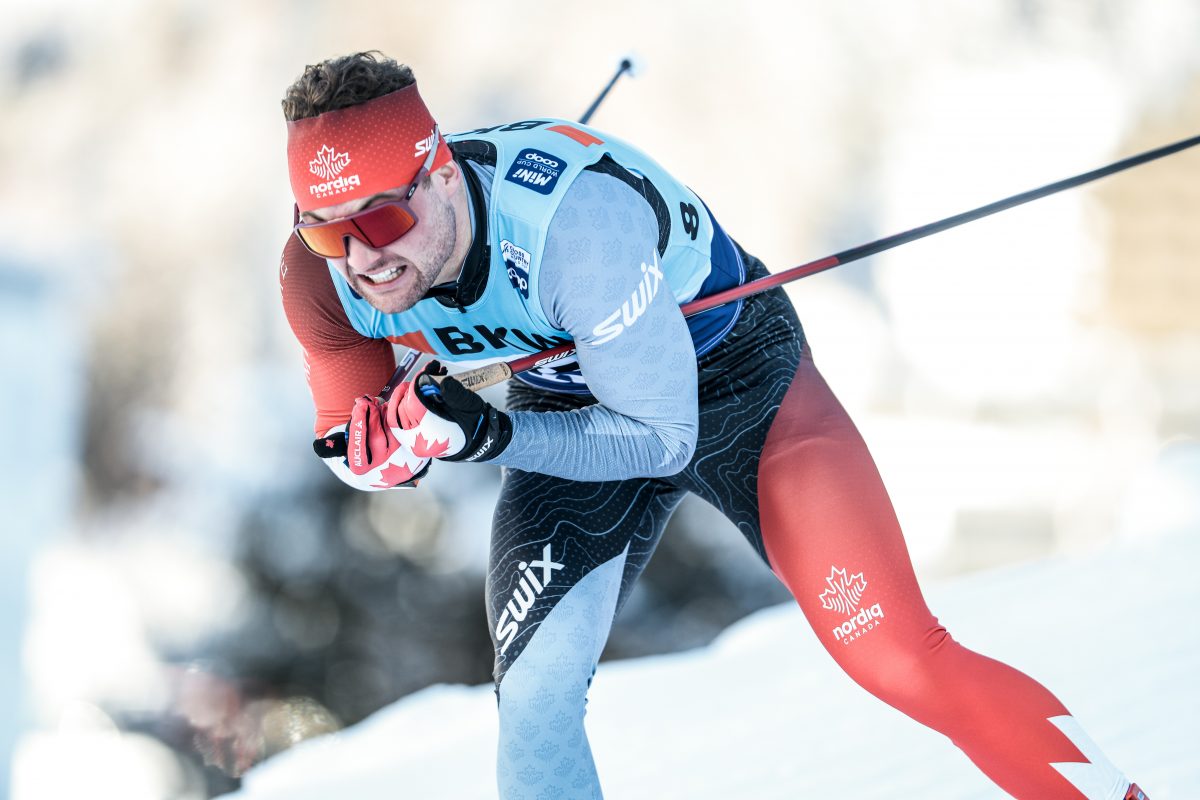
The Canadian men might have won gold in today’s World Championship team sprint, but they weren’t the only ones walking away from Holmenkollen Stadium in Oslo with smiles on their faces. Another Canadian team was excited about its results, too: Canadians Perianne Jones and Dasha Gaiazova, who finished sixth in the women’s final.

After the semifinal, in which the pair was forced to ski mostly alone after Slovenia, Norway, and Sweden went off the front, Jones was relieved to have some company in the final. The race split into two packs, with the Canadians battling Germany, Japan, Russia, and the U.S. for the entirety of the six-lap race.
“The top five teams were in a league of their own,” said Jones. “The rest of us were battling it out there for sixth. I think Dasha and I both saved a little bit extra for the last lap, which helped us both, and so we just squeaked in there for sixth.”
The result matched the Canadians’ finish at the 2009 World Championships in Liberec, Czech Republic. In that race, Jones was paired with the more-experienced Sara Renner, who had won a silver medal in the team sprint at the 2006 Olympics. Renner has since retired, and this time around, Jones was paired with Gaiazova.
“I’m happy with it, and I think Dasha is too,” Jones said. “We skied a pretty good race. We matched our sixth place from Liberec- there’s not much else we could have done. I think we’re both pretty dead at this point.”
While Canadian head coach Justin Wadsworth got a lot of attention thanks to his men’s finishes, he was just as proud

of his women.
“Today was a great day for our whole team because the women were 6th, and skied an unbelievable race for themselves,” Wadsworth told FasterSkier. “They dug in there, especially on the last lap- Perianne, Dasha, to ski like that, it’s almost as good- not almost as good as a win, but I think they’re really happy with today. And I’m really happy for them because that was a tough choice to leave Chandra out of the race. I’m just really happy that they rose to the occasion, and sixth place is something they can really be proud of here.”
They were joined in the final by the American women, who placed an impressive third in their semifinal thanks to a

strong kick by Kikkan Randall. She received the tag from Sadie Bjornsen in fourth place, but skied a strong last lap to pass Germany and secure an automatic spot in the finals.
“I felt like I had good even energy throughout both the semifinal and the final,” Randall said. “So that was good for me.”
In the final, Bjornsen, who has never skied a team sprint at the international level and hasn’t skied one at all in the last three years, tagged off in tenth after the first lap.
Randall was able to move the team up to seventh, a spot that pair maintained until Bjornsen’s final lap, when she dropped back to tenth. In the end, Randall could only do so much, and it took all the energy she could muster to pass Russia and ski the team into ninth place, 56 seconds behind the winning Swedish team.
“I had a little chasing to do,” Randall said. “It was a tantalizing gap. I was just close enough where I thought I could make it up.”
Randall said that she discovered that on one part of the course, the double-poling was faster out of the tracks. She then tried the same strategy in the stadium, but her move didn’t have the same effect.
“That was a bad tactical move on my part, because then Russia and Japan came by me again. Then I got stuck. I didn’t

have an open track to go up that hill. I knew I was going to have something in the finish, but I lost track of [the Canadians]. So that was too bad.”
As for the U.S. men, they too dipped deep into their reserves in the semifinal; the team of Torin Koos and Andy Newell finished fifth behind Russia, Norway, Kazakhstan, and France, and were the last team to make the finals as lucky losers.
Newell said that the effort of securing a spot in the finals left him wiped.
“The final, it was tough for me,” he told FasterSkier. “I felt okay for one lap, but I was really struggling. I pushed real hard in that semifinal, and I had a hard time recovering. I was puking about ten minutes before the start [of the final]. I felt a lot better after I did that, but then the energy just faded. I was having an incredible time finding kick… the skis I

skied on in the semifinal, I couldn’t get them to kick in the final, which was probably partly because I was tired. So I was struggling with the kick and struggling with the body.”
The first few laps of the men’s final went out at a relatively subdued pace, and both Koos and Newell were able to stay with the pack. But by the middle of the third lap, Koos was falling off the pace, and by the finish, Newell was 50 seconds behind the winning Canadian team and more than 20 behind the ninth-place Italians.
Koos, too, was drained after the first race, and asking his body to repeat the experience all over again less than 90 minutes later was asking for trouble.
“I was feeling super great in the semifinal and then the second half, I was still right in it, but I got done and it was just- I have to come back and do it again?” he said.
While both skiers were disappointed with the tenth-place finish, Koos said that he had done “pretty close to what I could do.” Two weeks ago, he tore his labrum; the shoulder injury was a setback, which was not ideal coming into the Championships.
Newell was more blunt.
“We should get into the finals no problem- that’s where we belong,” he said. “I wish we could have had a little better show there.”
-Nathaniel Herz contributed reporting




One comment
nyctvt
March 2, 2011 at 4:46 pm
Andy Newell was correct when he stated; “We should get into the finals no problem-that’s where we belong.”